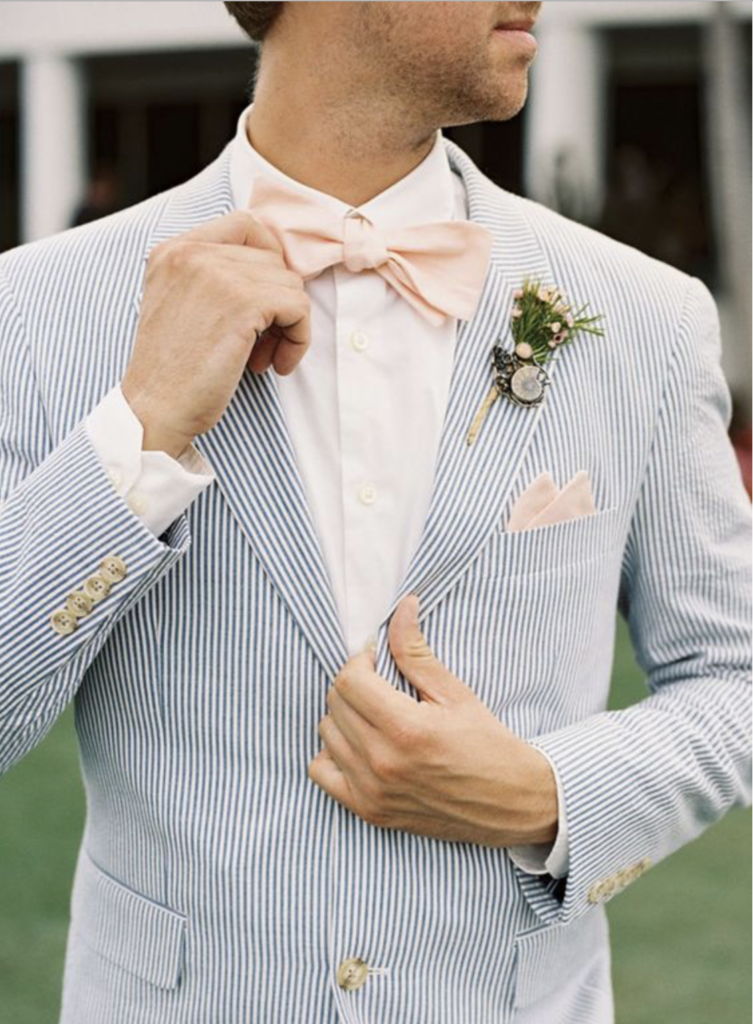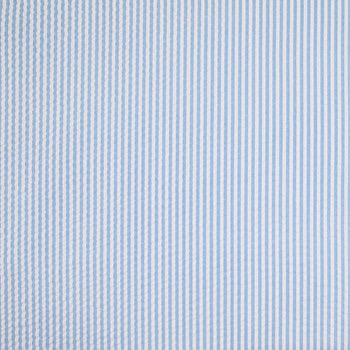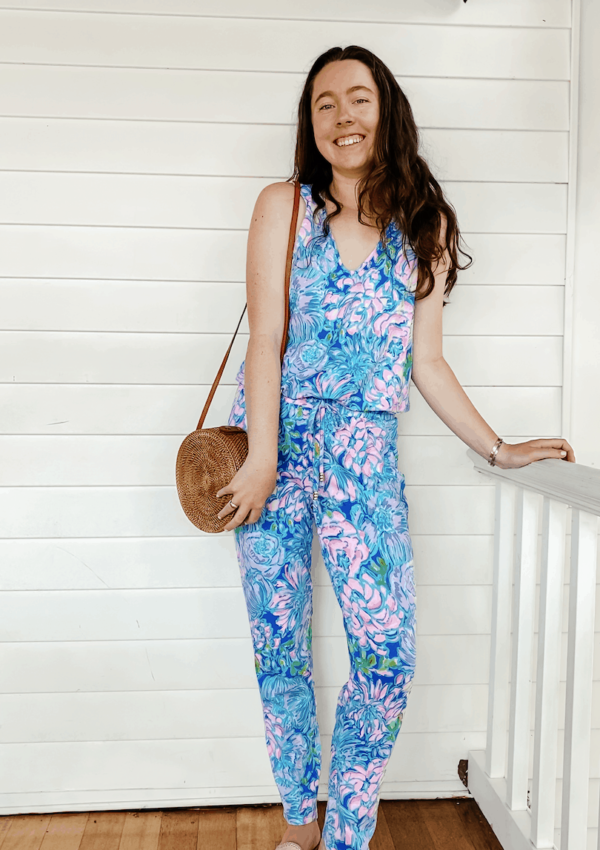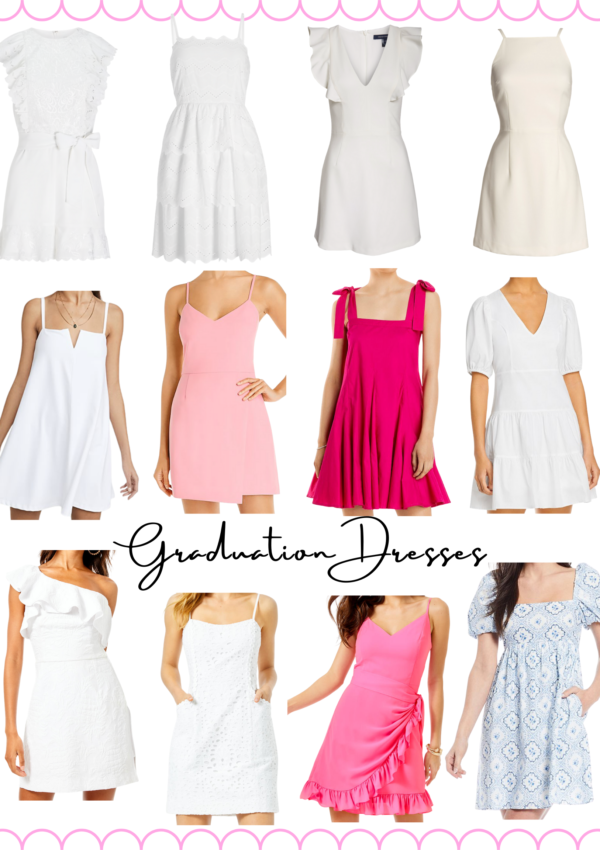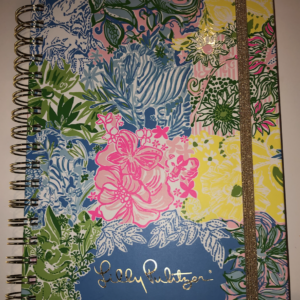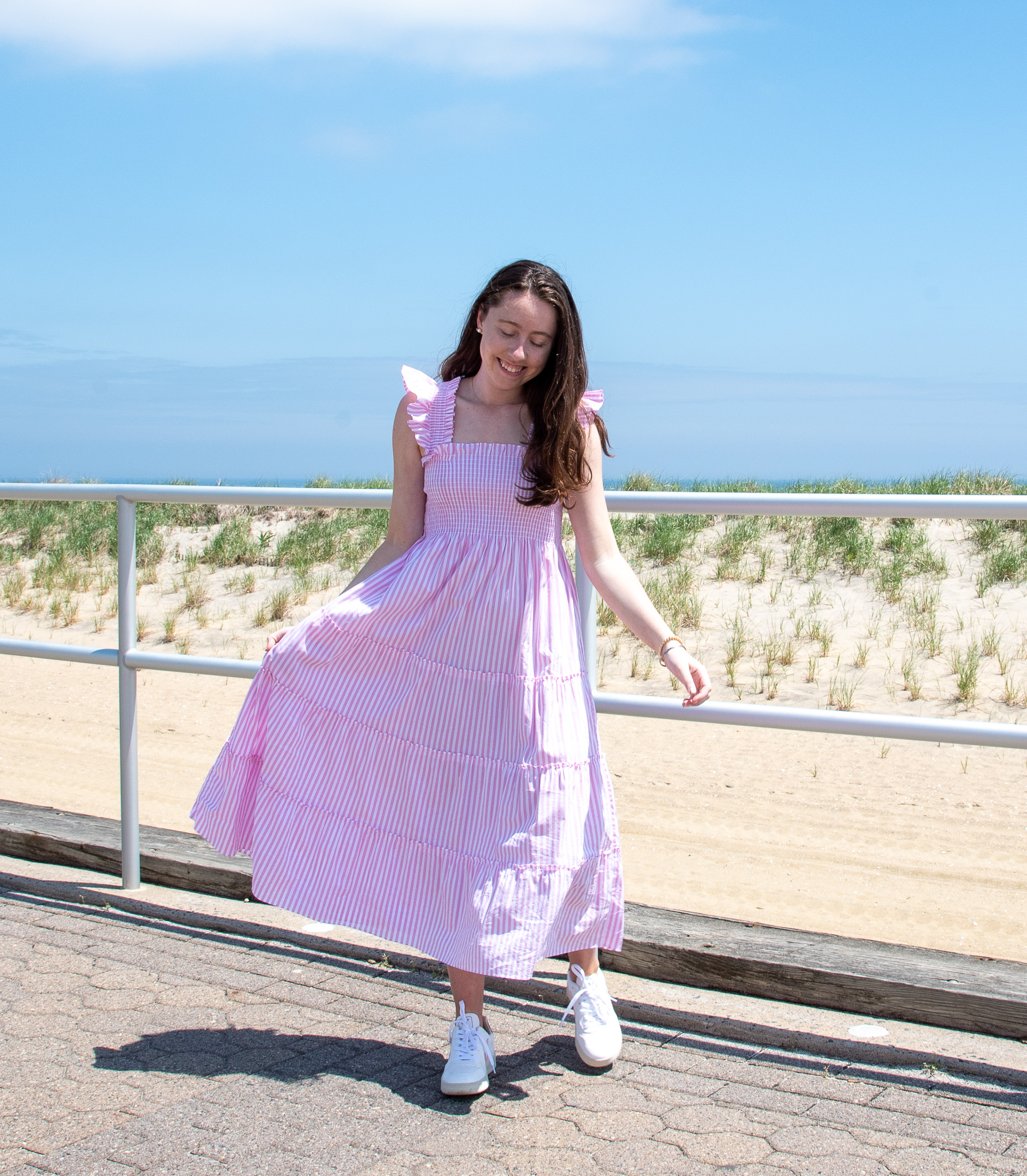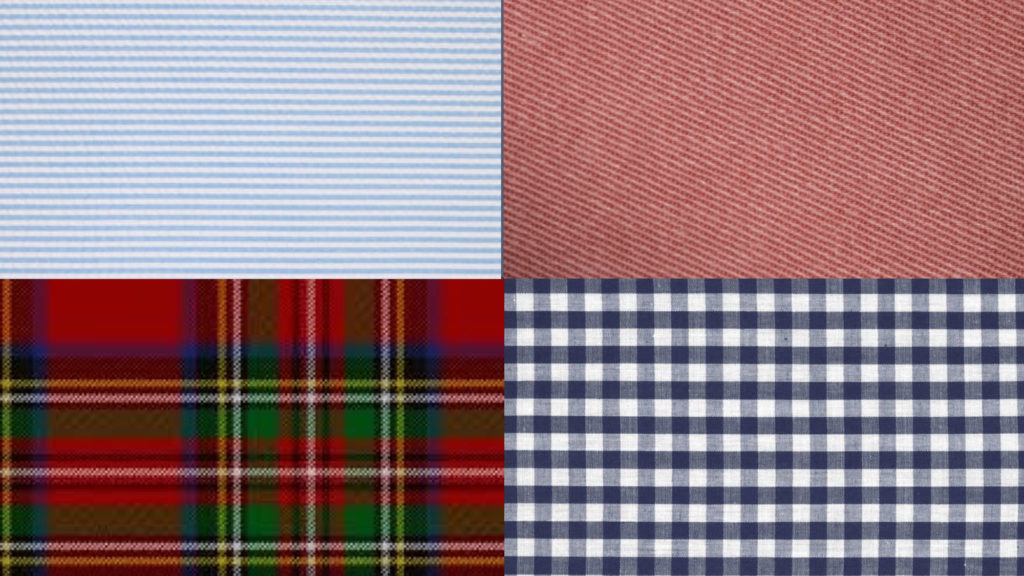
In the world of fashion there are so many different patterns. Some have names, some do not. I began learning all these different names when I was a freshman in high school and I realized that their was more to the world of style then sweatshirts and leggings. Don’t get me wrong I love a good comfy outfit but not everyday. Growing up my style went through many changes, my mom only let me wear jeans on Fridays until about 6th grade, the rest of the week I wore khakis or corduroys. Needless to say there are many cringe worthy outfits in my past. So my true love for clothes really came around freshman year of high school and it has not stopped. Throughout high school I learned and grew to love the preppier side of outfits and style. I learned and loved all the classic preppy patterns and colors.
Then one day I graduated high school and went to college in a whole new place. I took my love for clothes and preppy patterns with me but with that a question that came to be a huge part of my life. My college friends started asking me “what pattern is this?” and “Is this seersucker?” These questions all started because I would see something and say “oh those are seersucker shorts” and they would be confused.
Below are the top 4 patterns my friends always ask me about! Most of the time they get it wrong. My friend Amanda is the queen of theses questions. The ones she mixes up the most are seersucker and gingham. So I used her as my inspiration to write a post and clear up the confusion, as well as give some history of the pattern/fabric.
SeerSucker:
Traditionally seersucker is a blue and white thin striped, raised, all-cotton cotton fabric. This fabric is used to make clothing for the spring and summer. Seersucker originated in the 1600 in India, where is was traded by the East India Company. Back then it went by the name ”shirushakar” meaning milk and sugar in Persian. Originally it was a tan and white color similar to the color cane sugar and milk. It didn’t go by the name of seersucker until the 18th century when it made its way to Europe then eventually over to the United State at the turn of the century. The first time this fabric made a statement in the US was in 1903 when a man wore it to meet President Roosevelt. The second was in 1946 when Joseph Haspel, Sr jumped in the ocean in his seersucker suit in between conventions and people were amazed how quickly it dried. He went on to start Haspel of New Orleans the first company to mass produce Seersucker in the US. The Seersucker Suit first became a success in the south, at the ivy leagues, and on the east coast. Once that happened the patten became a forever classic. Even though traditionally seersucker fabric is white and blue it can be found in a variety of colors and can be used to make dresses, hats, belts, bathing suits, bedding and more.
“If you usually wear an Oxford shirt under a light wool navy jacket, then continue to do so with your seersucker blazer. If you wear sand chinos and a white T-shirt, then a seersucker version can easily be substituted in with minimum fuss.”
Fashion Bean
Nantucket Red:
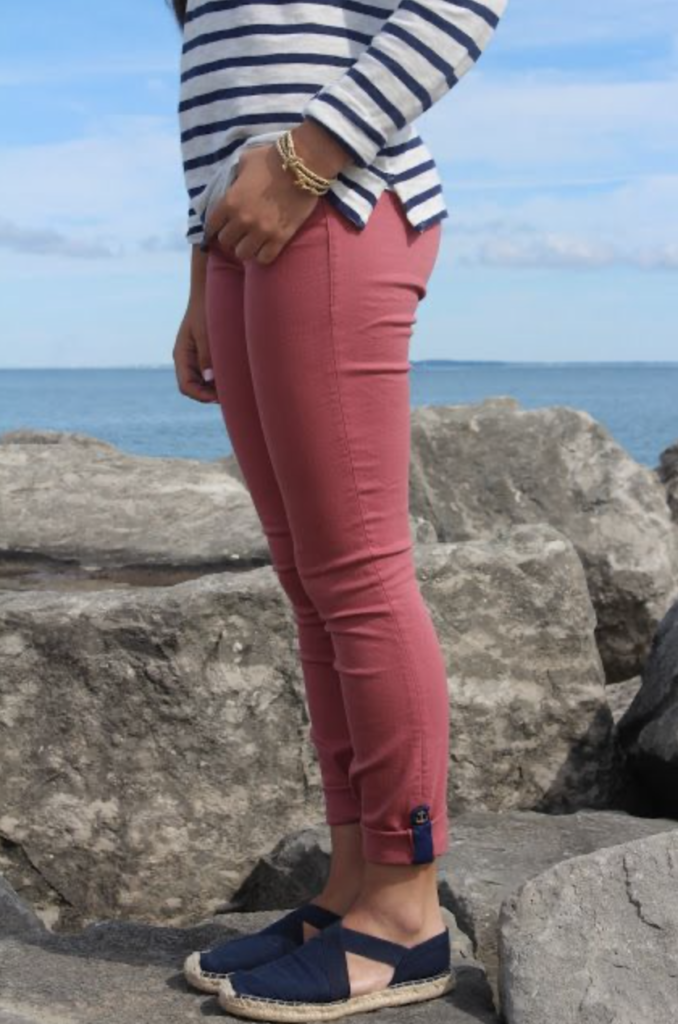
From Bell of the Ball 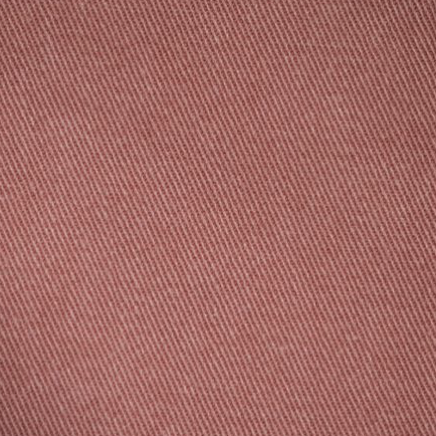
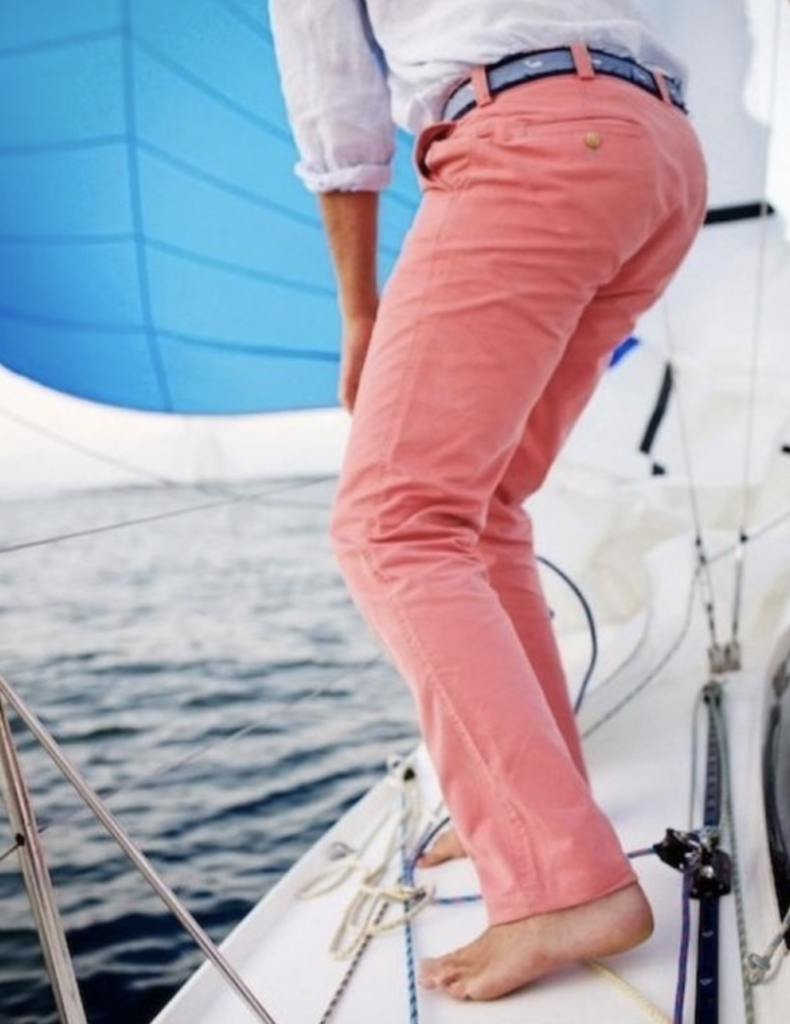
Nantucket red pants were originally made by Phillip C. Murray on the island of Nantucket in the 1960s. The pants were made out of red canvas fabric that was going to fade over time. This color was to resembling the color of the sails that dotted the coast of Brittany, France. Within 20 years the pants had grown in popularity and became a symbol of island life. Following the publication of the “Official Preppy Handbook” Murray’s became the official island outfitters. Many companies try to imitate Murrays product but Murrays will forever be the most authentic. The Nantucket red color has expanded way past the little island of Nantucket but will forever be a stable for the Northeast prep. You can find this faded pink color in pants, skirts, shorts, and hat just to name a few.
Gingham:
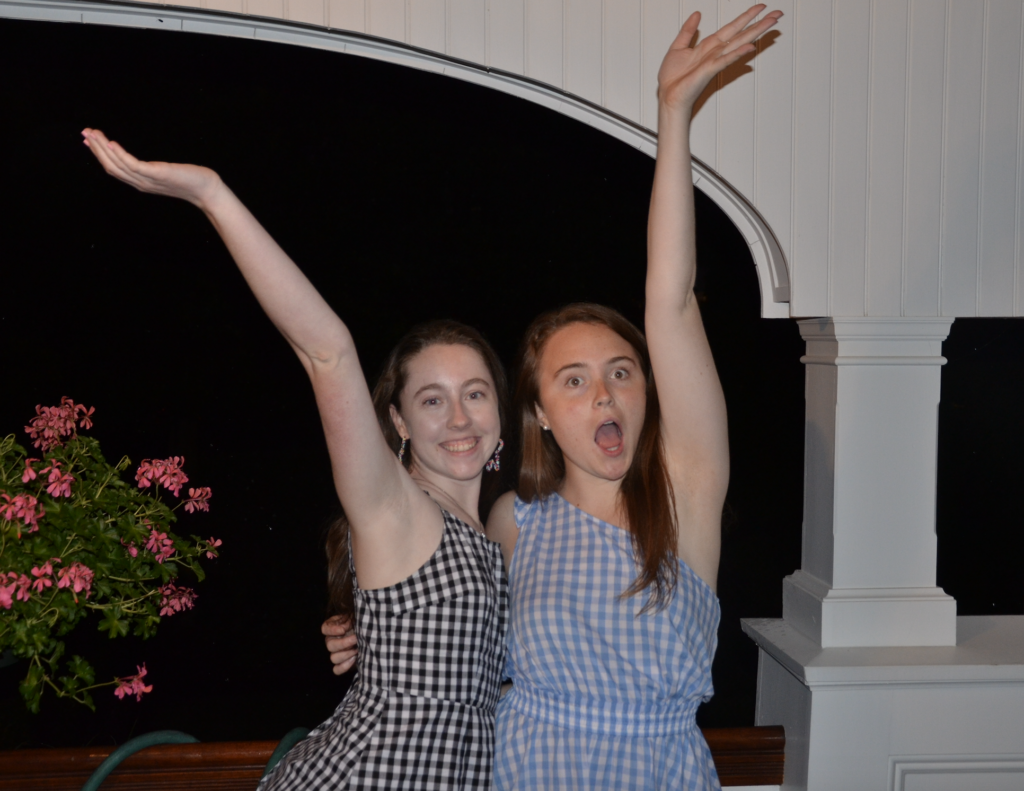
The next pattern is gingham. Gingham is a plain-woven fabric made of pure cotton fibers original and later also made of man-made fibers. Gingham made its way from India to Europe and the American colonies during the 17th century. It wasn’t until the mid-eighteenth century that the southern US and Manchester, England began manufacturing gingham themselves. Gingham has many different symbols in different cultures. Such has Japan it is a spiritual symbol wrapped around a statues when a child has died. In Cambodia gingham cloth is used for many reasons both decorative and practical. In both Europe and America gingham is thought to be rustic and country.
A timeline of gingham:
Early 20th century: Popular with young girls’ dress and school uniforms as well as fashionable play suits for young boys
1920’s- Gingham was fashionable in the years after World War I since allowed people to follow fashion as well as by inexpensive ready-to-wear clothing. By the middle of the decade gingham had began being used to decorate the kitchen.
1930’s and 1940’s: Holiday and seaside glamor become more popular. Gingham also became more popular in many different styles of clothing since Hollywood stars starting wearing it. It was seen in The wizard of Oz (Dorthy Gale’s iconic blue dress) and Katharine Hepburn in The Philadelphia Story. Following these movies the trend for gingham dresses was born.
1950’s Following the war woman fell back in to domestic rolls and getting back in to old-fashion values.
1960’s Gingham was associated with children and youthfulness.
1970’s gingham shirts where popular for both men and women
1980’s and 1990’s the pattern floated in and out of fashion. Showing that classics are never forgot.
In the 21st century and up until today gingham is a classic pattern that is fashionable again as well as full of nostalgia.
Gingham has come in and out of style proving that it is truly a classic and timeless pattern that will forever be in rotation in the world of fashion and definitely in my closet.
Tartan:
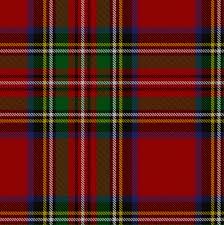
This last pattern is Tartan. Tartan is a check-like set of pattern that is repeat over and over again until the desired length of fabric is made. For many centuries tartan was everyday garb for the highlander. It is worn throughout Scotland but the Highlands continued to develop it. Traditionally tartan was used for kilts and trews (tartan pants). Early tartan was simple checks of two or three colors made from dye-producing plants, roots and berries locally sourced in that area. So depending on location determined the colors making up the tartan pattern. In 1785 tartan faded away since the original weavers died but in 1822 George IV brought it back by suggesting people should wear it when attending official functions. Tartan has several variations: Clan Tartan (generally used by the clan people), Dress tartan (worn by the woman of the clan; white background and lighter colored pattern), Mourning Tartans (usually black and white), Hunting tartan (dark in color and worn when hunting) and last Cheifs’ Tartans (personal use for the chief and family). Now tartan is used internationally, and people select the design that find their style and need. I find my self wearing tartan around the holidays in pants, dress and skirts!
Wow, if you read this far thank you! I hope you enjoyed what you learned about these patterns and fabrics! I sure enjoyed learning more about them writing this post. Comment your favorite pattern below!
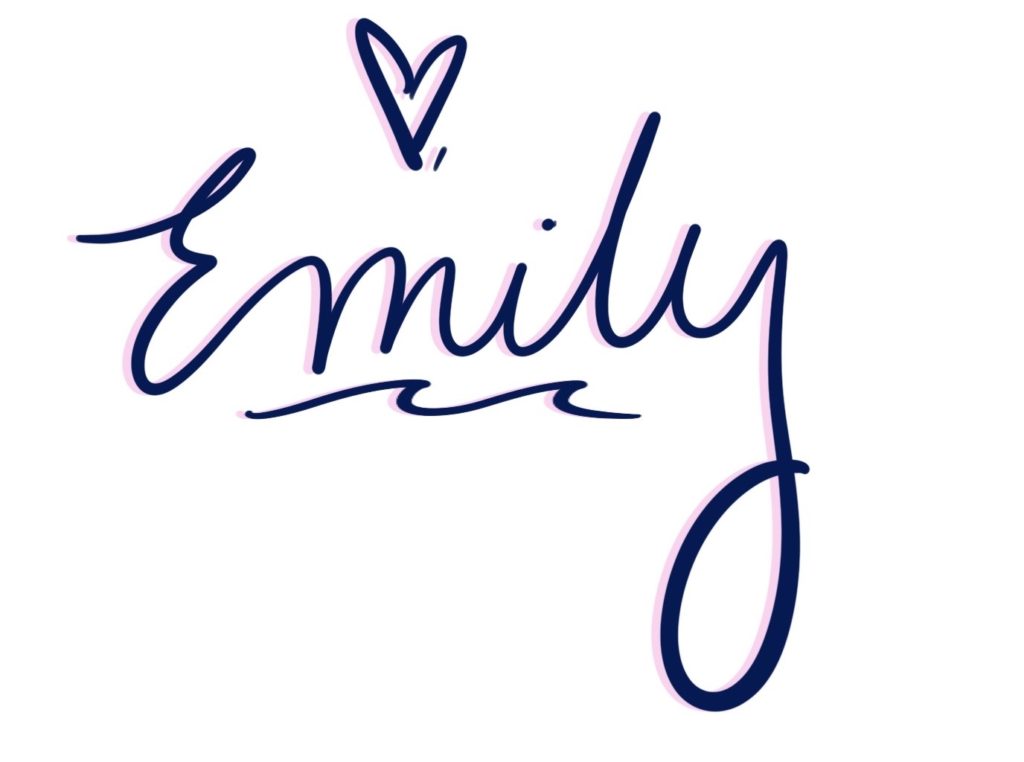
Ps. Let’s connect! Follow @em_bythesea on Instagram

